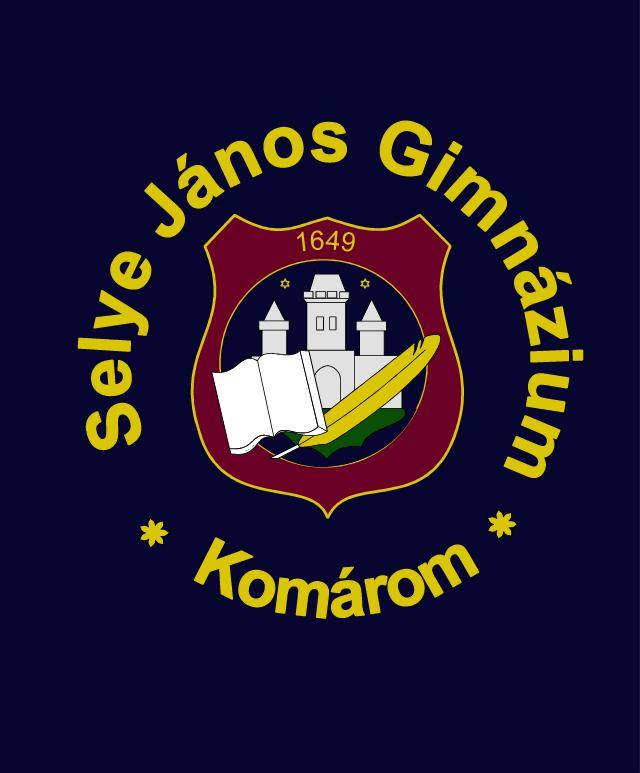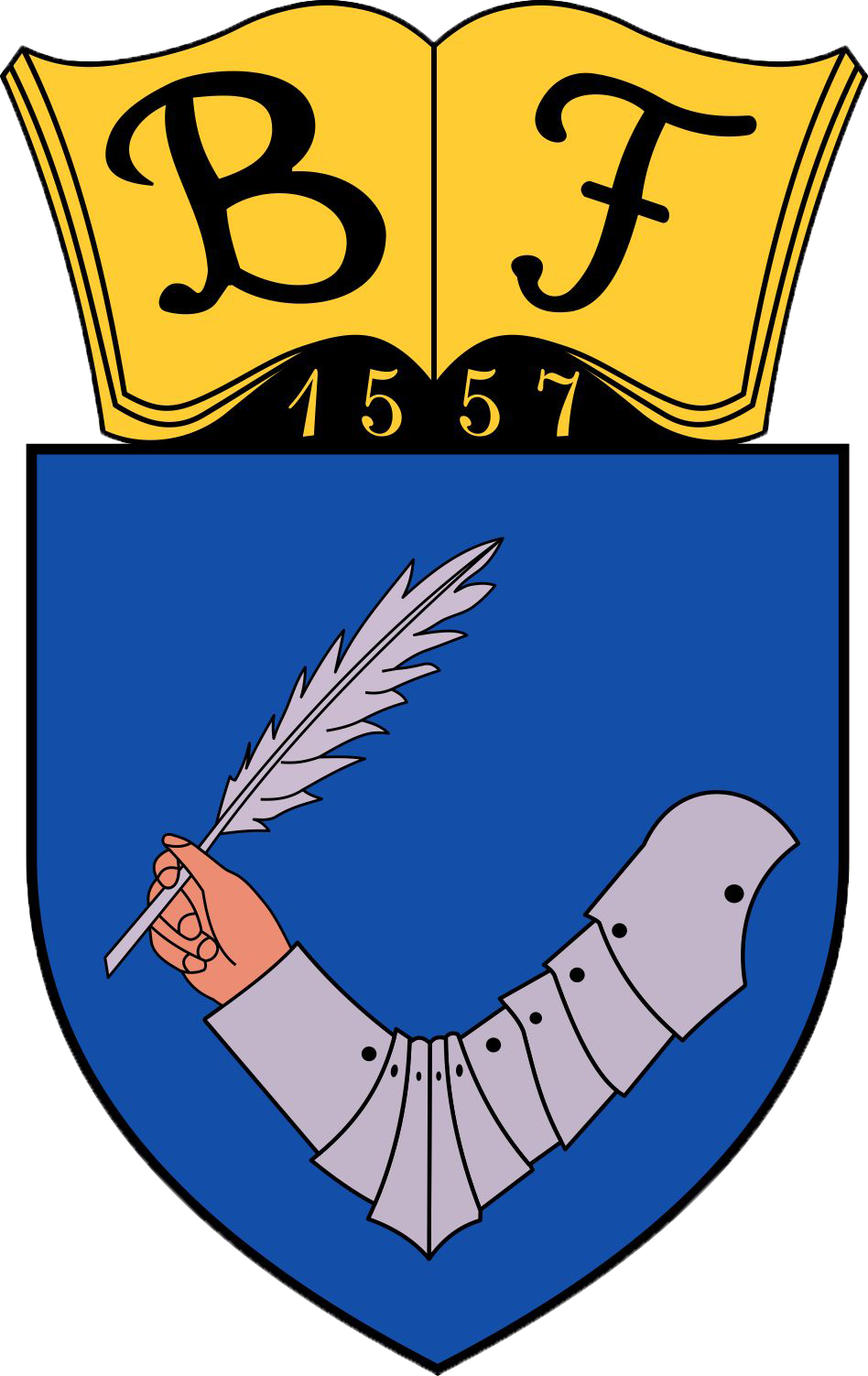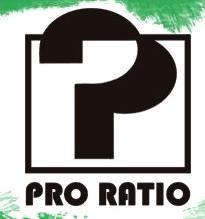Developing an innovative electronics curriculum for public education
Project background:
The basics of electronics and programming appear in numerous fields, the need for such experts is constantly growing. Higher education tries to serve this need, and the topic appears more and more in high schools, usually in the form of extra-curricular activities.
High school students interested in technical fields often build electronic devices, and strive to learn the fundamentals of electronics. Unfortunately, because of the complexity of the subject, without a step-by-step guide, the learning process often leads to a dead-end very shortly.
There are devices suitable for teaching programming, however, these are based on complex hardware, and thus the inner workings of the hardware, and the connection between hardware and software cannot be understood using them.
Number and type of participants:
The coordinator of the 5-party partnership is a Hungarian professional electronics development company, whose main tasks are creating a multilingual curriculum, and the dissemination of project results. Further members of the partnership are 3 high schools, and one foundation of a high school (2 Slovakian, 1 Romanian, and 1 Hungarian institutions).
- Xtalin Engineering Ltd. (coordinator)
- ELTE Bolyai János Practice Primary and Secondary Grammar School
- Bolyai Farkas High School
- Selye János High School
- Pro Ratio Foundation working in cooperation with Madách Imre High School
Description of goals and tasks:
A needs assessment conducted by the partnership confirmed that there is a need in school education for a comprehensive curriculum, which guides students from understanding the mathematical foundation through using electronic parts and tools to realizing basic control structures in easy-to-understand, incremental steps.
The goal of the two years of the project was to create a multilingual, 24 part electronics curriculum aimed for high school students. A planned table of contents forming the basis of the curriculum, two sample parts of the planned 24, and a list of electronic parts and tools have already been completed in advance. An innovative property of the curriculum is that every part is illustrated with real-world examples, which the students can try out themselves.
During the project, the curriculum has been tested by high school students with the supervision of the partner institutions. In the first 15 months, the first version of the curriculum was completed and simultaneously tested by the students. In the last 9 month period, the improved curriculum (after multiple iterations) in English was fully completed.
The full curriculum is available for free on the project website, which the partnership will continue to maintain after the project period.
Results, their expected effect, and the possibility of long term utilization:
The most emphasized output of the project is the innovative electronics curriculum itself. Other results are 4 complex multiplicative events (consultation and information days, exhibitions), one summer teaching activities and their reports, numerous dissemination materials.
As an indirect outcome of the project, the skills and knowledge of the students expand. Not only the project partners, but all educational sectors also have access to the curriculum. The multilingual nature creates the possibility for usage throughout the European Union. The curriculum helps students make an informed decision about their career choices. More students will choose a profession related to the field of electronics, and fewer students will leave their profession of choice during or after higher education.
The first 8 parts of the curriculum contain general, basic knowledge which will never become outdated, while the further 16 parts are based on modern knowledge, which will be useful in the next 10-15 years.



















